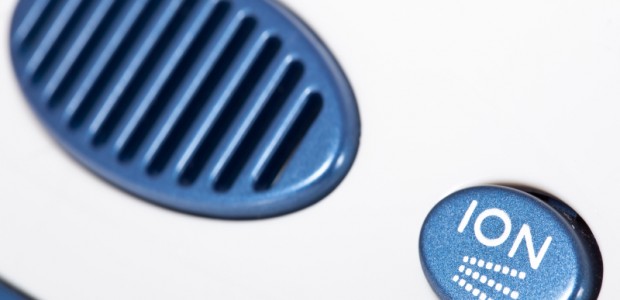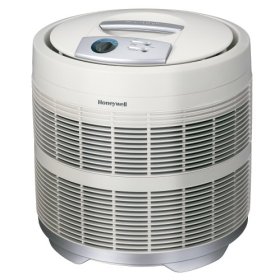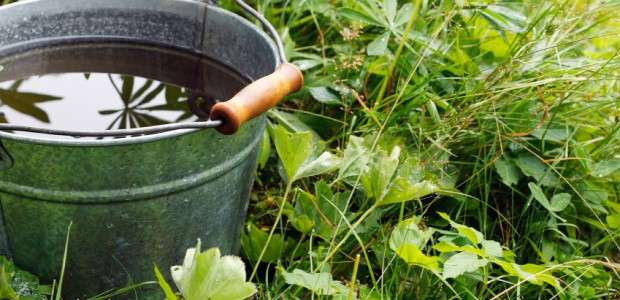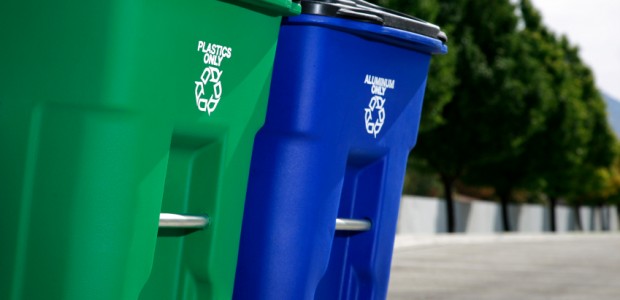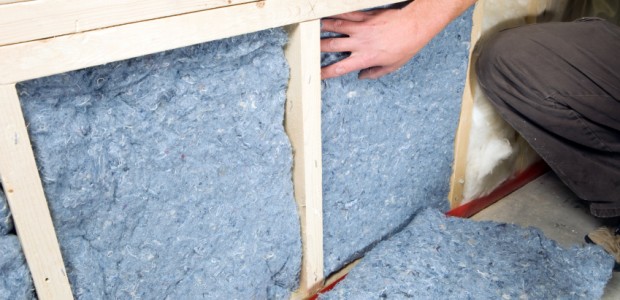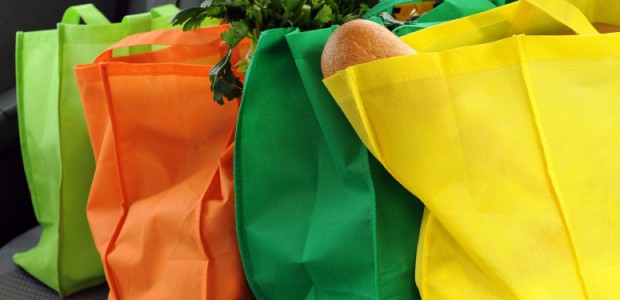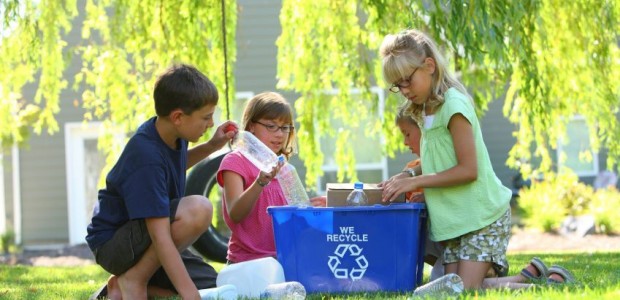With Easter right around the corner, store shelves are lined with baskets covered in cellophane and packaged with disposable toys and candy galore. If you are looking for something that is a little more environmentally friendly this year check out these tips!
Green Your Easter Basket
Before rushing to the store to buy an Easter basket, why not stop at your local thrift shop? There are always tons of Easter baskets waiting on the shelf ready to go to a good home. When you buy a used Easter basket it helps keep them out of landfills and helps reduce the impact on the environment. There are also things around the house you can use to make an Easter basket (for example you can make a bunny out of a recycled milk jug).
Green Your Easter Grass
The green plastic Easter grass found in a lot of Easter baskets are normally made from petroleum and generates a lot of emission and landfill waste every year. To help reduce your carbon footprint try to reuse the grass you have from last Easter. If you didn’t keep last year’s Easter grass you can line the basket with paper from your shredder (green is the best). If you don’t have a shredder handy, try the office or a friend as well! When you are done with the paper lining you can put it outside in your compost bin or recycle it!
Green Your Chocolate
Try to buy local chocolate. If you don’t have any local chocolate stores at least try to find the Fair Trade seal of approval on the chocolate goodies. If you are going to buy chocolates, buy in bulk to help reduce the amount of packaging used. Instead of buying all the sweets, make them yourself!
Green Your Goodies
Instead of buying plastic toys that are bound to break and need to be replaced, try and put reusable toys or activities in the Easter basket. Items like puzzles, board games, and playing cards can be reused for years to come. Even better put some gloves, a gardening shovel, and some planting seeds (make sure to check what can be grown in your area this time of year.) We are sure you are going to be planting those seeds early Sunday morning!
Check out our Pinterest page for great Easter ideas!

